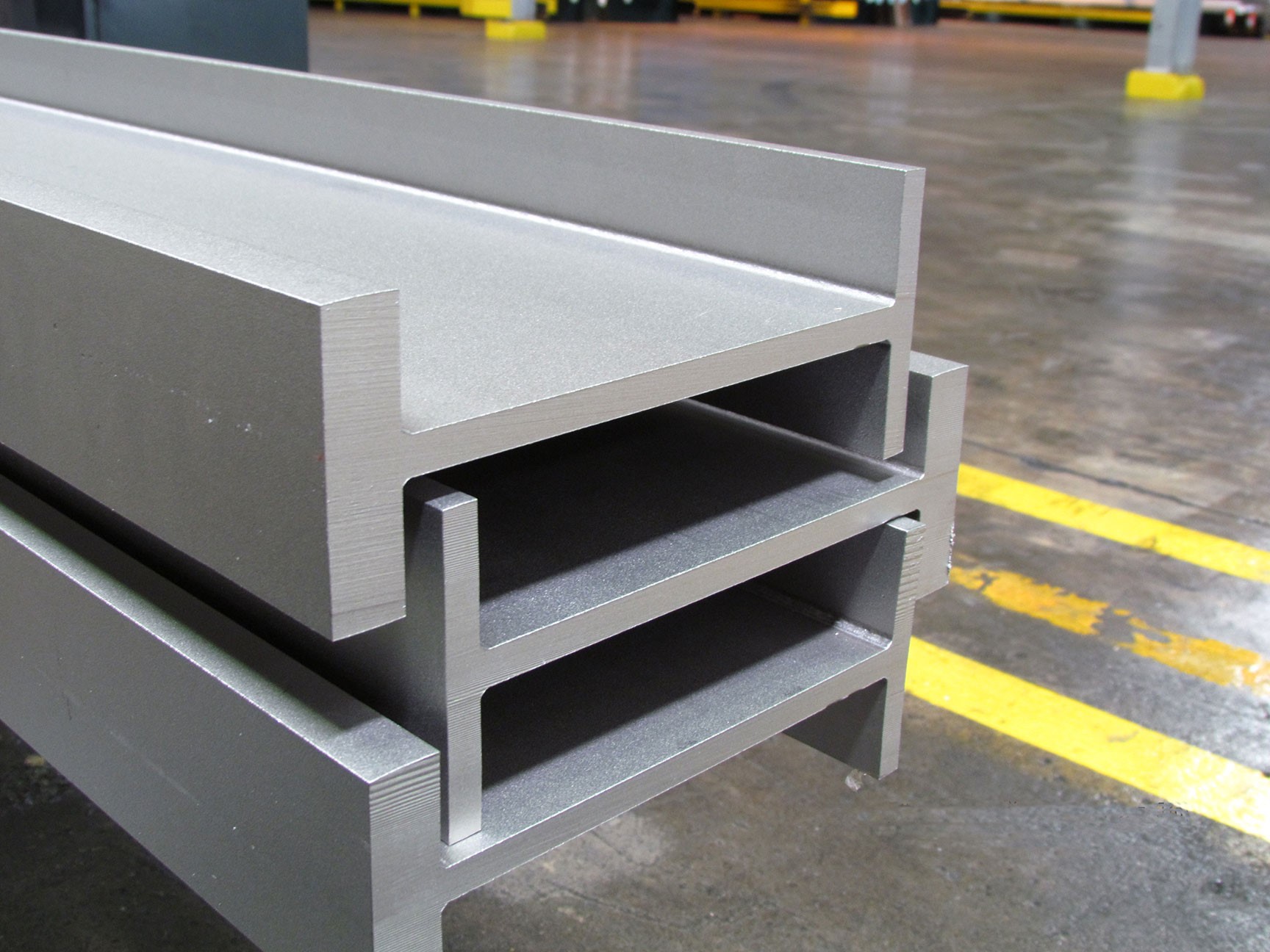The surface processing of stainless steel is to make the surface of stainless steel have different luster, color, pattern, etc. through different processing methods, so as to improve the appearance of stainless steel and make it achieve aesthetic effect. In addition, surface finishes have important functional effects, such as smooth stainless steel surfaces that not only look clean, but are also easy to clean and keep clean. In corrosive environments, the smoother the surface, the better the corrosion resistance. The strength is increased by cold pressing the pattern. During the processing of stainless steel products (such as deep drawing), it is hoped that the lines on the metal surface are slightly rough to catch the grease. An appropriate amount of grease can reduce tool wear and reduce tool indentation. The surface processing and coating of the wire is to facilitate further processing.
Types of stainless steel surface processing
Stainless steel surface processing is usually divided into two categories: one is the surface obtained by stainless steel production plants with different production processes, which is usually called rolling surface processing. The other type is the surface processing of materials in order to change the surface level or properties, which is called deep processing of stainless steel surface. Stainless steel sheets and strips produced by rolling mills generally go through processes such as hot rolling, cold rolling, annealing, pickling, and finishing. Because the surface of stainless steel cold-rolled strip occupies a special position in use, the surface processing of stainless steel cold-rolled strip is divided into different surface processing types (or grades) according to different process methods. Stainless steel plates and strips, especially cold-rolled steel plates and strips, have a variety of surface processing types, and national standards have corresponding regulations, such as the common 2B, No.1, and BA surfaces.
Deep processing of stainless steel surface
For some special purposes, the surface properties of stainless steel must be changed, which requires deep processing of the stainless steel surface through different processes.
1. Electroplating and Evaporation Surfaces
The surface of stainless steel is coated with a layer of wear-resistant or anti-scratch and corrosion-resistant coating by electroplating to improve the surface properties of stainless steel. In order to firmly bond the cover to the metal substrate, the surface can be pretreated in different ways to remove oil and rust from the surface. The advantage of electroplating is that it has little effect on the microstructure of the base material, such as chrome plating and nickel plating. Mainly used as art and decoration.

2. Electropolished surface
Electrolytic polishing is the opposite of electroplating. It does not deposit chromium or nickel on the substrate, but uses stainless steel as the anode, and uses a specially formulated electrolyte for electrolysis to erode the thin layer of 2-40PM thick on the surface of the stainless steel to obtain excellent corrosion resistance. Erosive, smooth, clean, shiny body. The surface of stainless steel is coated with a layer of wear-resistant or anti-scratch and corrosion-resistant coating by electroplating to improve the surface properties of stainless steel. In order to firmly bond the cover to the metal substrate, the surface can be pretreated in different ways to remove oil and rust from the surface. The advantage of electroplating is that it has little effect on the microstructure of the base material, such as chrome plating and nickel plating. Mainly used as art and decoration.
3. Mechanical polishing
Mechanical polishing refers to the use of abrasive belts, polishing wheels, grinding wheels or other tools to grind the surface of stainless steel plates to obtain corresponding surface effects. The mechanical polishing effects usually include snowflake sand, filament, lotus pattern, random pattern, fog surface and mirror surface. As a professional Wuxi stainless steel polished sheet supplier, Lishun Stainless Steel Company provides various surface polished steel sheets.
4. Shaded Surfaces
Coloring involves dipping stainless steel in a hot chromic or sulfuric solution followed by cathodic hardening in another acid. The base metal reacts with the hot acid to form a transparent film that is essentially colorless, but shows color under the interference of light. After polishing and coloring, the metal gloss is very high. These colored stainless steels not only have enhanced corrosion resistance, no fading, but also can be bent or lightly stretched.
5. Surface coating
Reprocessing (precoating) after painting is mainly used for roofing materials. After processing, it is painted (post-painted), mainly used for building exterior building materials. A key-color coating of fluorocarbon resin and silicone polyester on the stainless steel surface increases corrosion resistance in marine environments, making the roof durable, stain-resistant and glare-resistant.